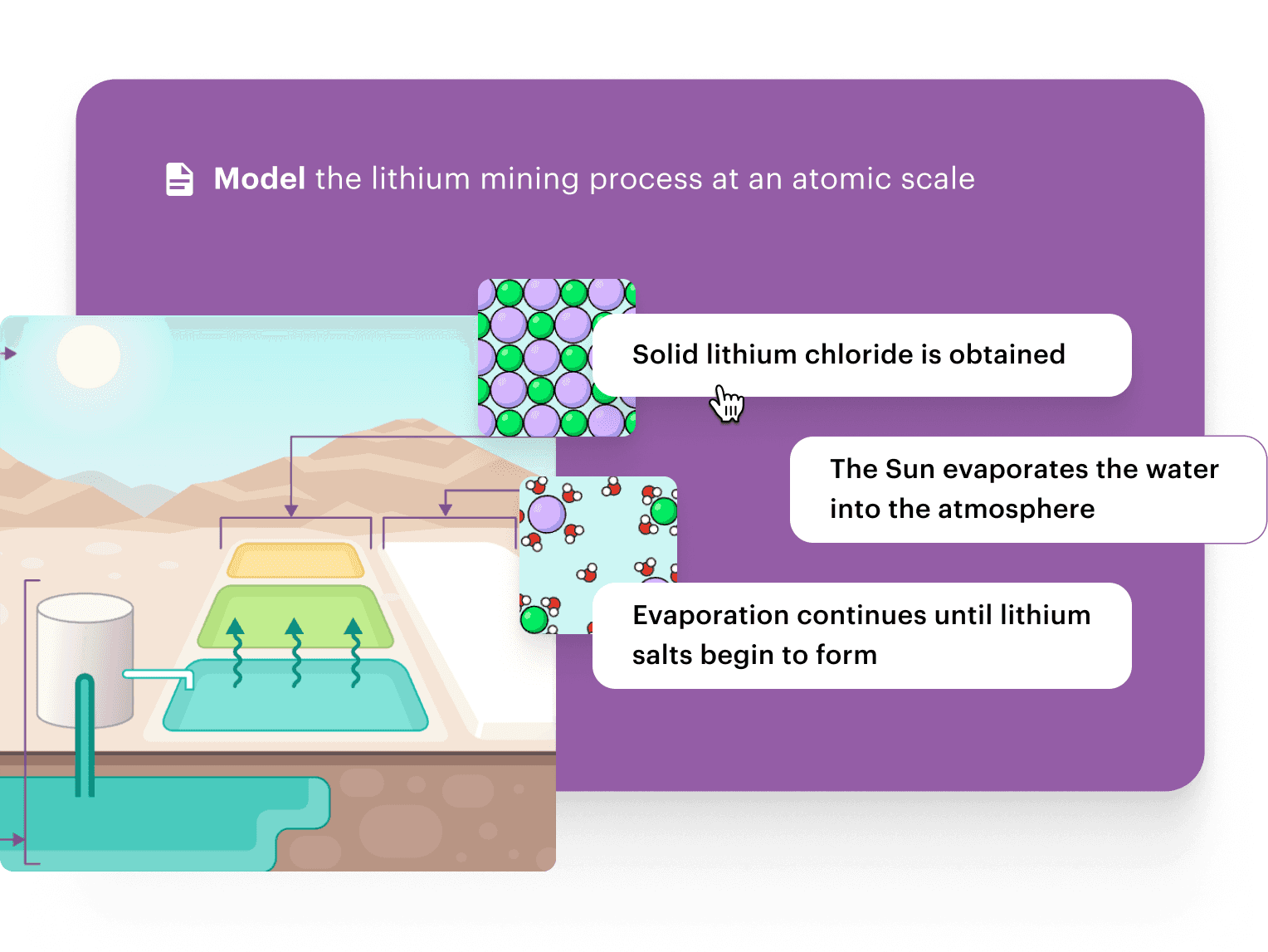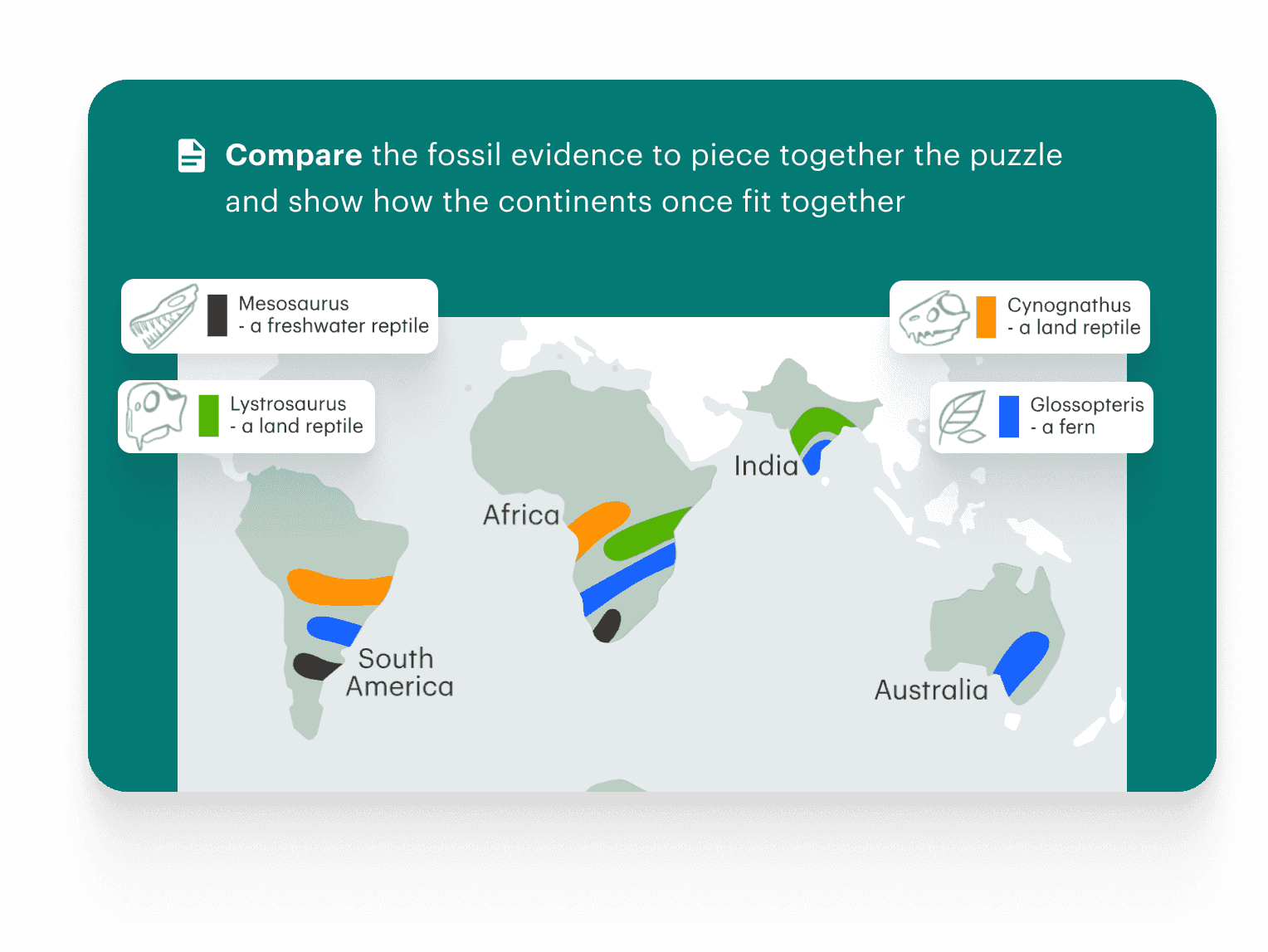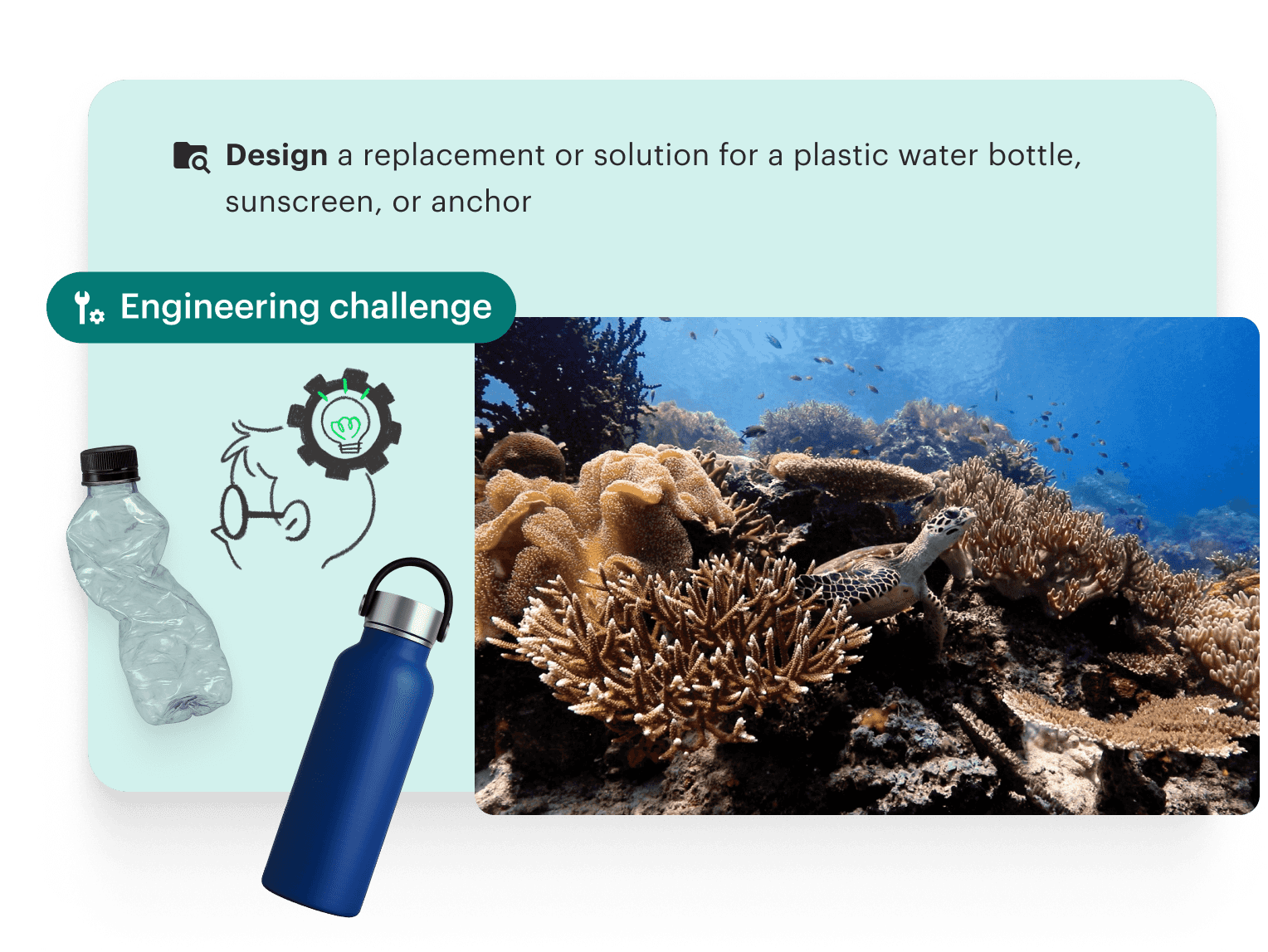Three-dimensional learning
Students use Science & Engineering Practices (SEPs) to build Disciplinary Core Ideas (DCIs) and think with Cross‑cutting Concepts (CCCs)—exactly how NGSS frames science education.
Initially developed by
National Research Council, USA.
Effectiveness
A randomized control trial of 7th Grade classrooms found that students using three-dimensional curricula performed 7.3 percentage points better on an NGSS-aligned test than those that didn’t (Harris et al., 2022).
Further reading
Where you'll find it in Stile
Students explain, explore, and elaborate on Disciplinary Core Ideas (DCIs) through Science and Engineering Practices (SEPs) and Crosscutting Concepts (CCCs). All three dimensions are interwoven in Stile's lessons, activities and assessment tasks.
Examples within Stile
Modeling compounds
Students develop and use models to understand the scale and proportion of atoms to explain how crystals of a compound form.
Modeling compounds lesson
in the Elements and Compounds unit
in the Elements and Compounds unit

Continental drift
Students analyze and interpret data to identify patterns in fossil distribution and seafloor structures as evidence of past plate motions.
Continental drift lesson
in the Active Earth unit
in the Active Earth unit

Saving corals
Students design solutions focusing on stability and change to monitor and increase beneficial human influences on reef environments.
Strategies for saving corals lesson
in the Climate Change unit
in the Climate Change unit


